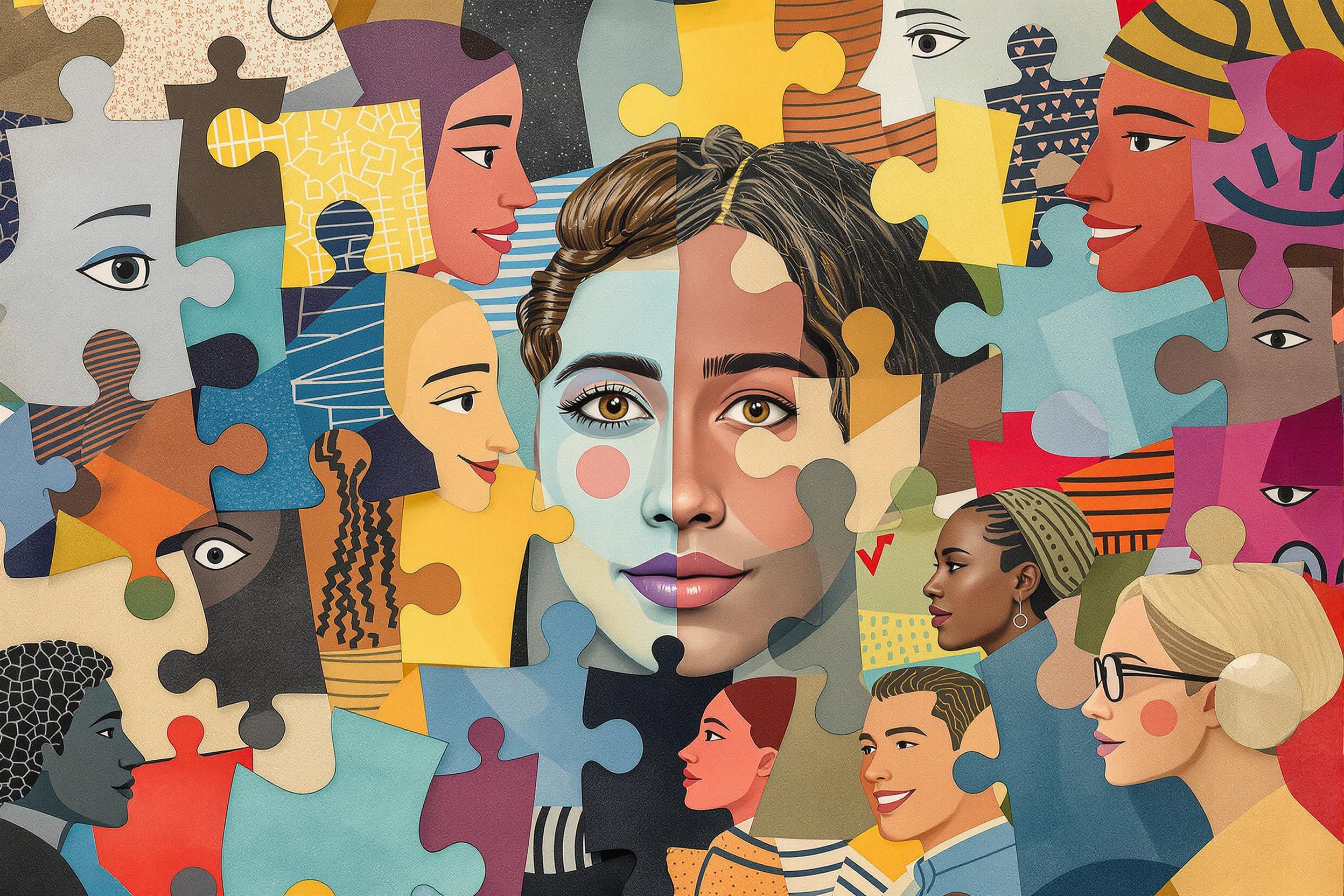
Drug-Drug Interactions
Drug-Drug Interactions refers to how different medications affect each other when taken together. It's like checking if two ingredients will work well together in a recipe. Researchers in this field study whether combining different medicines might make them work better, worse, or cause unwanted effects. This is crucial for patient safety and is a key part of drug development and pharmacy work. You might also see this called "DDI research," "medication interactions," or "drug compatibility studies." This knowledge helps healthcare teams decide which medications can be safely prescribed together.
Examples in Resumes
Led research team studying Drug-Drug Interactions for new cardiovascular medications
Developed screening protocols for DDI assessment in clinical trials
Published findings on Drug-Drug Interactions in diabetes treatments
Managed database of Drug Interaction studies for company's product pipeline
Typical job title: "Drug Interaction Researchers"
Also try searching for:
Where to Find Drug Interaction Researchers
Professional Organizations
Job Boards
Professional Networks
Example Interview Questions
Senior Level Questions
Q: How would you design a comprehensive drug interaction study program?
Expected Answer: Should explain the process of planning studies from early research through clinical trials, including risk assessment, study design, and regulatory requirements, using simple terms and real-world examples.
Q: What strategies would you use to manage unexpected drug interactions during clinical trials?
Expected Answer: Should discuss safety monitoring, reporting procedures, and decision-making processes when issues arise, emphasizing patient safety and regulatory compliance.
Mid Level Questions
Q: Can you explain different types of drug interactions?
Expected Answer: Should be able to explain in simple terms how drugs can affect each other physically, chemically, or in the body, with common examples.
Q: How do you document and report drug interaction findings?
Expected Answer: Should describe the process of recording, analyzing, and communicating findings to different audiences, including regulatory bodies and healthcare providers.
Junior Level Questions
Q: What basic methods are used to study drug interactions?
Expected Answer: Should describe common laboratory tests and basic study designs used to check if drugs interact, showing understanding of fundamental concepts.
Q: Why are drug interaction studies important in drug development?
Expected Answer: Should explain the basic importance of checking drug combinations for safety and effectiveness before new medications reach patients.
Experience Level Indicators
Junior (0-2 years)
- Basic laboratory techniques
- Understanding of drug safety principles
- Data collection and recording
- Knowledge of basic research protocols
Mid (2-5 years)
- Study design and execution
- Data analysis and interpretation
- Report writing
- Clinical trial experience
Senior (5+ years)
- Research program management
- Regulatory compliance expertise
- Team leadership
- Strategic planning for drug development
Red Flags to Watch For
- No understanding of basic safety protocols
- Lack of attention to detail in documentation
- Poor knowledge of regulatory requirements
- Unable to explain complex concepts in simple terms
- No experience with standard research methods
Related Terms
Need more hiring wisdom? Check these out...

When Hiring from Competitors: Goldmine or Landmine?

Culture Add vs Culture Fit in Hiring: Why It May Be Time to Rethink Your Approach

Redefining Team Collaboration in a Digital Workspace

